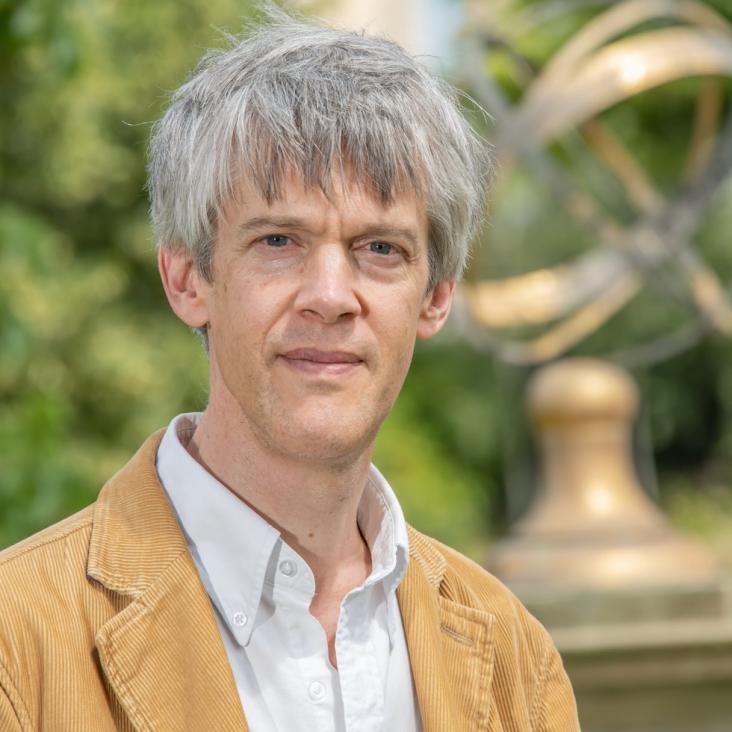Understanding Middle Neolithic food and farming in and around the Stonehenge World Heritage Site: An integrated approach
Abstract:
© 2019 Little synthesis of evidence for Middle Neolithic food and farming in Wiltshire, particularly in and around the Stonehenge World Heritage Site (WHS) has been possible, until now, due to a paucity of assemblages. The excavation of a cluster of five Middle Neolithic pits and an inhumation burial at West Amesbury Farm (WAF) has prompted a review of our understanding of pit sites of this period from the county. Bioarchaeological assemblages are used to investigate evidence for the consumption of animal and plant-based foods, and for agricultural and pastoral farming. For the first time Middle Neolithic zooarchaeological evidence, including strontium isotope data, is considered alongside archaeobotanical data, and radiocarbon dating. The absence of cultivated plants from WAF and contemporary sites in the county is consistent with the hypothesis that the reduction in cereal cultivation and greater reliance of wild plants witnessed in the later part of the Neolithic in southern England began in the Middle Neolithic. The zooarchaeological evidence from the same sites demonstrates that the shift away from cereal cultivation may be concurrent with, rather than earlier than, an increase in the relative proportion of deposited pig bones relative to cattle. Both cattle and pigs deposited in pits at WAF have strontium and sulphur isotope values consistent with the local biosphere, and therefore were potentially raised in the area. Zooarchaeological data from WAF compliments that from human dental calculus and lipid residues in associated Peterborough Ware pottery that local cattle husbandry included exploitation of dairy. It also highlights the presence of consistent food preparation methods between pits as seen through butchery practice. The faunal and archaeobotanical remains from contemporary pit deposits suggest that similar farming and subsistence strategies can be proposed across the county, though with some inter-site variation in deposition. Together these excavated pit sites are likely to represent only a sample of those present in the area. Application of a similar integrated approach to material from other Middle Neolithic pits holds potential for better understanding of food and farming in this previously neglected period.Lachish Fortifications and State Formation in the Biblical Kingdom of Judah in Light of Radiometric Datings
Coupled ocean and atmospheric changes during Greenland stadial 1 in southwestern Europe
The importance of open access to chronological data: the IntChron initiative
Abstract:
The development of chronologies relies on integrating information from a number of different sources. In addition to direct dating evidence, such as radiocarbon dates, researchers will have contextual information which might be an environmental sequence or the context in an archaeological site. This information can be combined through Bayesian or other types of age-model. Once a chronology has been developed, this information can be used to estimate, for example, chronological uncertainties, rates of change, or the age of material which has not been directly dated.
Dealing with the information associated with chronology building is complicated and re-evaluation of chronologies often requires structured information which is hard to access. Although there are many databases with primary dating information, these often do not contain all of the information needed for a chronology. The Chronological Query Language (CQL) developed for OxCal was intended to be a convenient way of pulling such information together for Bayesian analysis. However, even this does not include much of the associated information required for reusing data in other analyses.
The IntChron initiative builds on the framework set up for the INTIMATE (Integrating Ice core, Marine and Terrestrial Records) chronological database (Bronk Ramsey et al. 2014) and is primarily an information exchange format and data visualization tool which enables users to pull together the types of information needed for chronological analysis. It is intended for use with multiple dating methodologies and while it will be integrated with OxCal, is intended to be an open format suitable for use with other software tools. The file format is JSON which is easily readable in software such as R, Python and MatLab. IntChron is not primarily intended to be a data depository but rather an index of sites where information is stored in the relevant format. As an initial step, databases of radiocarbon dates from the Oxford Radiocarbon Accelerator Unit (including those for the NERC radiocarbon facility), the RESET tephra database, the INTIMATE chronological database and regional radiocarbon databases for Egypt and Southern Africa are all linked. The intention is that users of OxCal will also be able to make published data accessible to others and to store working data, visible only to the user, to be used with the associated analysis tools. The IntChron site allows data from third party sources to be accessed through a representational state transfer (REST) application programming interface (API) in a number of different formats (JSON, csv, txt, oxcal) and associated bibliographic information in BibTeX format.
The aim of the IntChron initiative is to make it easy for users to provide data (in the single JSON format with limited minimum requirements) as well as to access data and tools, while promoting robust chronologies including realistic estimates of uncertainties. It is hoped that this will help to bring the chronological research communities to a point where data access is as easy as it is in some other fields. This is particularly important for Early Career Researchers and for those seeking to use large datasets in novel ways.


